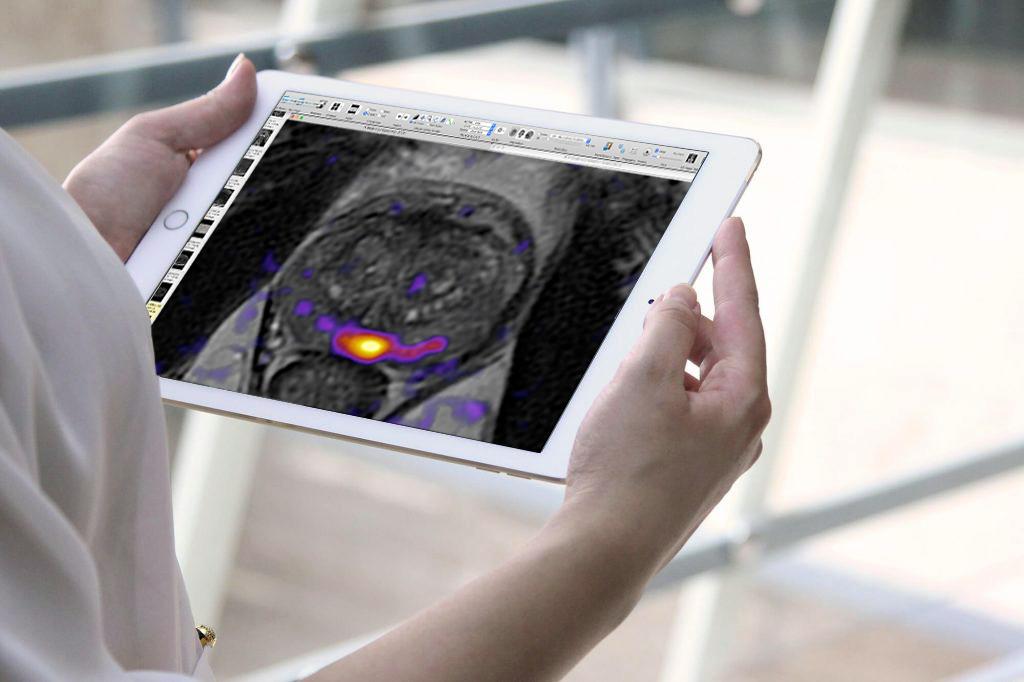This page provides links to details on certain treatment options. Links to this information are usually on websites of specific facilities. Please note that we are not recommending specific hospitals, facilities or medical doctors nor are we providing opinions on treatments.
Treatment options are preceded by a biopsy. A decision on performing a biopsy depends on PSA test results, a digital rectal exam, family history and age, as all of these are contributing factors. A number of facilities now make use of MRIs to decide on whether or not biopsies are warranted. A tool of computing the risk of a positive biopsy may be used in the shared decision making process together with a specialized urologist or oncologist.
Once a pathology report after biopsy is obtained, the cancer will be classified as low, medium or high risk. The classification will usually be based on either the D’Amico classification or on the CAPRA score. In combination with nomograms predicting the probability of recurrence after treatment, these tools will be used in the personalized physician-patient decision on possible treatments.
There are a number of options for treating prostate cancer. For more descriptive details on these options see information provided by the National Prostate Cancer Coalition (“Zero“). All of these treatments are available in medical facilities within North Texas. A proton beam center in the Metroplex started to treat patients in November 2015; the facility treats a number of different cancers, including prostate cancer.
See also articles on treatments, including Active Surveillance, in the PCa News Archives.

Guidelines for Patients are offered by the National Comprehensive Cancer Network (NCCN):
(Free registration on their site)
Guidelines refer to life expectancy. please see page 23 of the Guidelines document.
Treatment Options
1
Active Surveillance :
(Expectant Management, Watchful Waiting)
NCCN Guidelines for Active Surveillance
2
Radical Prostatectomy (Surgery):
– Open radical retropubic prostatectomy
– Laparoscopic radical prostatectomy
– Robotic assisted laparoscopic radical prostatectomy
(Da Vinci Procedure); see also related videos
3
Radiation:
Look for a quick description of some of the external beam therapies
– Brachytherapy (internal radiation, implants)
– Intensity Modulated Radiation Therapy (IMRT); external radiation
– Image Guided Radiation Therapy (IGRT); external radiation
– Cyberknife – external radiation
– Proton Beam Radiation Treatment – external radiation
(Proton videos); available at only a few locations within the US
4
Cryotherapy:
based on freezing of the cancer.
5
High Intensity Focused Ultrasound:
(HIFU – click on video); FDA approved in 2015, this procedure is now available in the US at a number of locations.
6
The TULSA Procedure ablates diseased prostate tissue. Without the use of radiation, your physician can avoid important nerve bundles around your prostate, decreasing the risk of side effects. This incision-free and same-day outpatient procedure does not require repeat visits and empowers you to be a part of customizing your treatment plan based on your unique anatomy and disease.
7
Hormone Management:
Not considered a treatment to cure cancer, hormone treatments will assist in reducing the production of new cancer cells.
8
Diets, Supplements:
Dietary considerations, including the use of supplements, are believed to assist in building resistance to the development of cancer and in slowing the growth of existing cancer. No magic diets or supplements are known for curing cancer.
Note: In some cases, combined treatments (“adjuvant treatments”: surgery/IMRT; surgery/hormone therapy; brachy therapy/IMRT; radiation/hormone therapy) may be used.
Focal treatments:
Focal treatments, treatments of portions of the prostate, are theoretically possible with any treatment. They are mainly used with HIFU, Brachy and Cryo surgery as well as with the newly advertised Nanoknife and Focal Laser Ablation (FLA) technologies. No data on Nanoknife and FLA procedures are available at this time.


